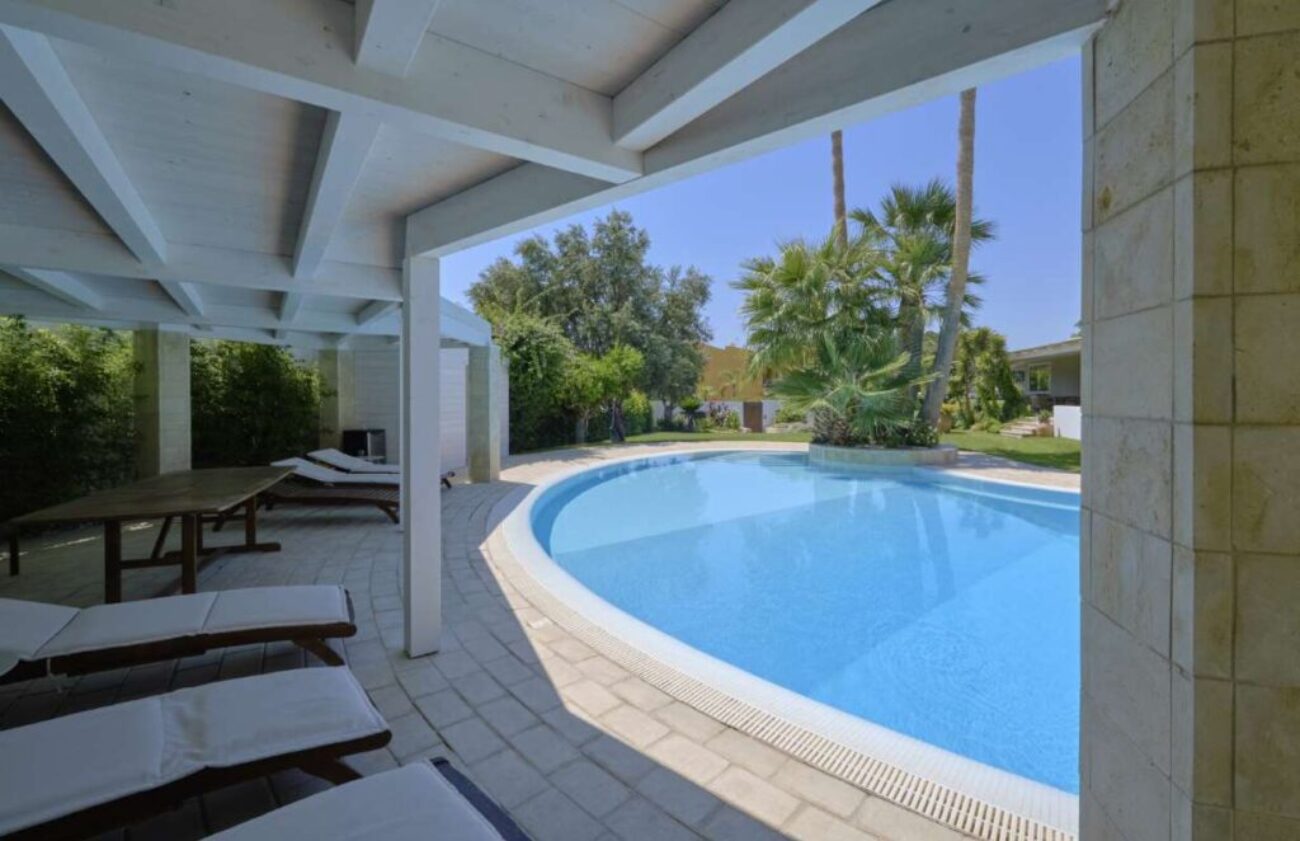How to Price Weekly Pool Service for Profitability
When it comes to running a successful pool service business, pricing your weekly pool service correctly is essential for ensuring profitability while maintaining a competitive edge. This comprehensive guide will delve into various strategies for determining the optimal pricing structure for your pool service, ensuring that you cover costs, attract customers, and maximize profits. We’ll explore various factors influencing pricing, including operational costs, market conditions, and customer expectations, as well as best practices that align with the growing pool maintenance industry.
Introduction
Establishing a successful pool service requires much more than just providing excellent customer service. One of the most pivotal aspects of running a profitable pool service is setting the right price for your weekly services. As competition in the pool maintenance industry increases, understanding how to strategically price your services can mean the difference between just breaking even and thriving. In this article, we will provide insights into the key factors that should influence your pricing strategy, practical tips on how to calculate your rates, and examples that illustrate effective pricing structures.
Understanding Your Costs
To effectively price your weekly pool service, it’s crucial to understand the costs associated with running your business. These costs can be categorized into fixed and variable expenses. Fixed costs are those that remain constant regardless of the number of pools serviced, such as insurance premiums, business licenses, and equipment depreciation. Variable costs, on the other hand, fluctuate based on your workload and may include chemicals, cleaning supplies, and labor costs.
For example, if your total fixed costs amount to $2,000 per month and you service 50 pools, your fixed cost per pool is $40. Additionally, if the average monthly cost of chemicals and supplies per pool is $20, your total cost per pool would be $60. Understanding this cost structure allows you to set a minimum price that ensures you cover your expenses while aiming for profitability.
Furthermore, consider including a buffer in your pricing to account for unexpected costs such as equipment repair or additional cleaning services. This approach not only protects your margins but also provides peace of mind as you navigate the ups and downs of the pool service industry.
Market Research: Know Your Competition
Pricing is not solely about your costs; it also involves understanding the market. Conducting thorough market research allows you to gauge what competitors charge for similar weekly pool services. Look at both local and regional competitors to identify industry standards and determine if your pricing aligns with these norms.
Use online resources, such as local classifieds or pool service directories, to compile a list of competitors and their pricing structures. For instance, if you discover that competitors charge between $70 and $100 for weekly services, you can position your business accordingly. You may choose to price your services slightly below the market rate to attract new customers or position yourself higher by emphasizing superior service quality, expertise, or customer support.
Remember, while competitive pricing is vital, you do not want to undervalue your services. Emphasize the unique aspects of your service, such as eco-friendly products, comprehensive maintenance plans, or quick response times to justify your pricing strategy. A well-researched pricing model can build trust with potential clients and enhance your brand reputation.
Customer Perception and Value Proposition
Understanding how customers perceive value can significantly impact your pricing strategy. Customers are often willing to pay more for services they perceive as high quality, reliable, and tailored to their needs. As a pool service provider, it’s essential to communicate the value of your services effectively.
To illustrate this point, consider offering tiered service packages. For example, a basic package might include routine cleaning and chemical checks, while a premium package could offer additional services such as equipment inspections, algae removal, and emergency repairs. By providing multiple options, you cater to different customer segments and allow clients to choose a package that fits their budget and needs.
Moreover, highlighting additional benefits such as loyalty rewards, referral discounts, or seasonal promotions can enhance perceived value. When customers see they are receiving more than just a basic service, they are more likely to remain loyal and refer others to your business.
Setting Your Pricing Model
Once you have analyzed your costs, researched the market, and defined your value proposition, it’s time to establish a pricing model. There are several pricing strategies to consider:
- Flat Rate Pricing: This model involves charging a fixed rate for a set of services. It’s easy for customers to understand and enables you to streamline your operations.
- Variable Pricing: This model adjusts pricing based on the specific needs of each pool. For instance, larger pools or those requiring more intensive cleaning may incur higher charges.
- Service Packages: Offering tiered service packages, as mentioned earlier, allows you to cater to various customer needs and can be beneficial for upselling.
- Subscription Model: This approach involves charging a monthly fee that covers all services. It ensures a consistent income stream and can enhance customer retention.
Your choice of pricing model should reflect your business goals, target audience, and the unique selling propositions of your services. Make sure to review and revise your pricing regularly based on market changes and customer feedback.
Implementing Technology for Efficient Pricing
In today’s digital age, leveraging technology can significantly enhance your pricing strategy. Numerous software solutions are available that can help you manage your pricing, track expenses, and analyze your profitability in real-time. Utilizing these tools can provide insights into your operational efficiency and help you refine your pricing model as needed.
For example, many pool service businesses use scheduling and invoicing software that integrates with payments. Such software allows you to automate billing processes, easily adjust pricing, and create reports that track your business performance. By streamlining these operations, you can focus more on delivering excellent service to your customers and less on administrative tasks.
Moreover, using customer relationship management (CRM) tools can help you understand your clients better, enabling you to personalize your services and pricing strategies. The information gathered can guide you in offering tailored promotions or loyalty programs that resonate with your customer base, further enhancing your profitability.
Adapting to Seasonal Changes
The pool service business often experiences seasonal fluctuations, especially in regions with distinct weather patterns. Understanding these trends is key to adjusting your pricing strategy accordingly. During peak seasons, such as summer, demand for pool services may surge, allowing you to raise prices slightly while still attracting customers.
Conversely, during off-peak seasons, consider offering discounted rates or bundled services to maintain customer interest and encourage continued engagement. For instance, you could promote a “winter maintenance package” that includes regular check-ups and cleaning, ensuring pools remain in optimal condition through the colder months.
This seasonal adaptability not only helps maintain steady revenue throughout the year but also cultivates a sense of loyalty among your customers who appreciate your effort to accommodate their needs year-round.
Engaging with Customers for Continuous Feedback
To thrive in the competitive pool service market, actively engaging with your customers and seeking their feedback is crucial. Regularly soliciting input through surveys, phone calls, or in-person visits allows you to fine-tune your pricing strategy and service offerings.
Consider implementing a feedback tool that allows customers to rate their satisfaction with your services. This data can provide invaluable insights into areas for improvement or aspects that customers particularly value. Adjusting your pricing or service offerings based on this feedback can lead to increased customer retention and higher profits.
Additionally, fostering open communication with your customers demonstrates that you value their opinions, which can enhance loyalty and promote positive word-of-mouth referrals.
Conclusion
Setting the right price for your weekly pool service is an ongoing process that requires a thorough understanding of your costs, market dynamics, customer perceptions, and seasonal fluctuations. By strategically pricing your services, you can ensure profitability while also providing value to your customers.
Remember to continuously engage with your clients, adapt your pricing according to their needs, and leverage technology to improve efficiency. By following these practices, you can establish a profitable and successful pool service business that stands out in the competitive pool maintenance industry.
If you’re ready to take the next step in your pool service journey, consider exploring Pool Routes for Sale to find established routes that can boost your income instantly. Start pricing for profitability today and watch your pool service business flourish!



